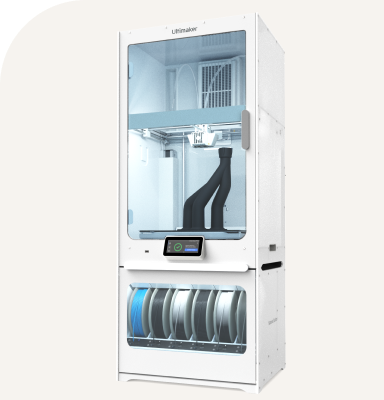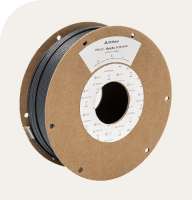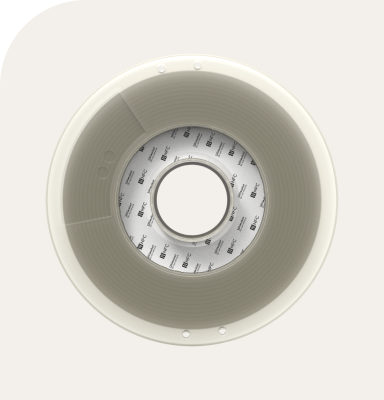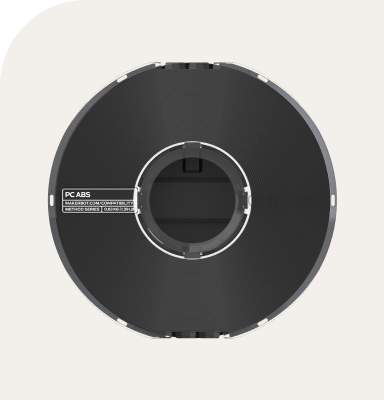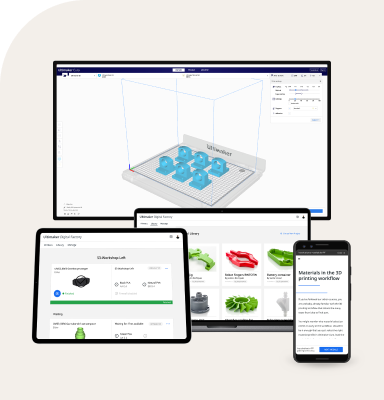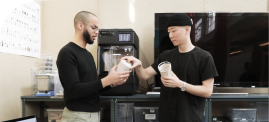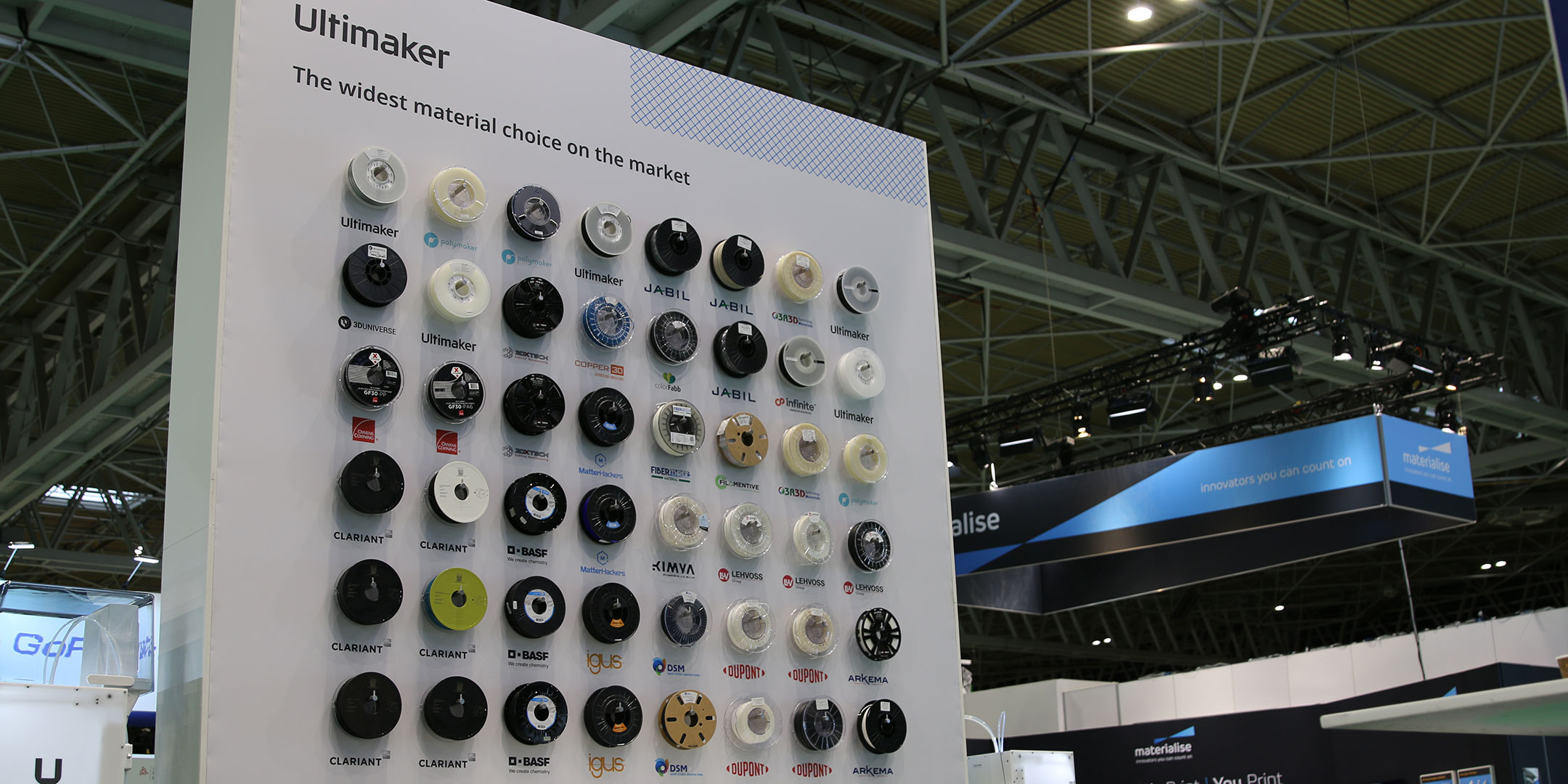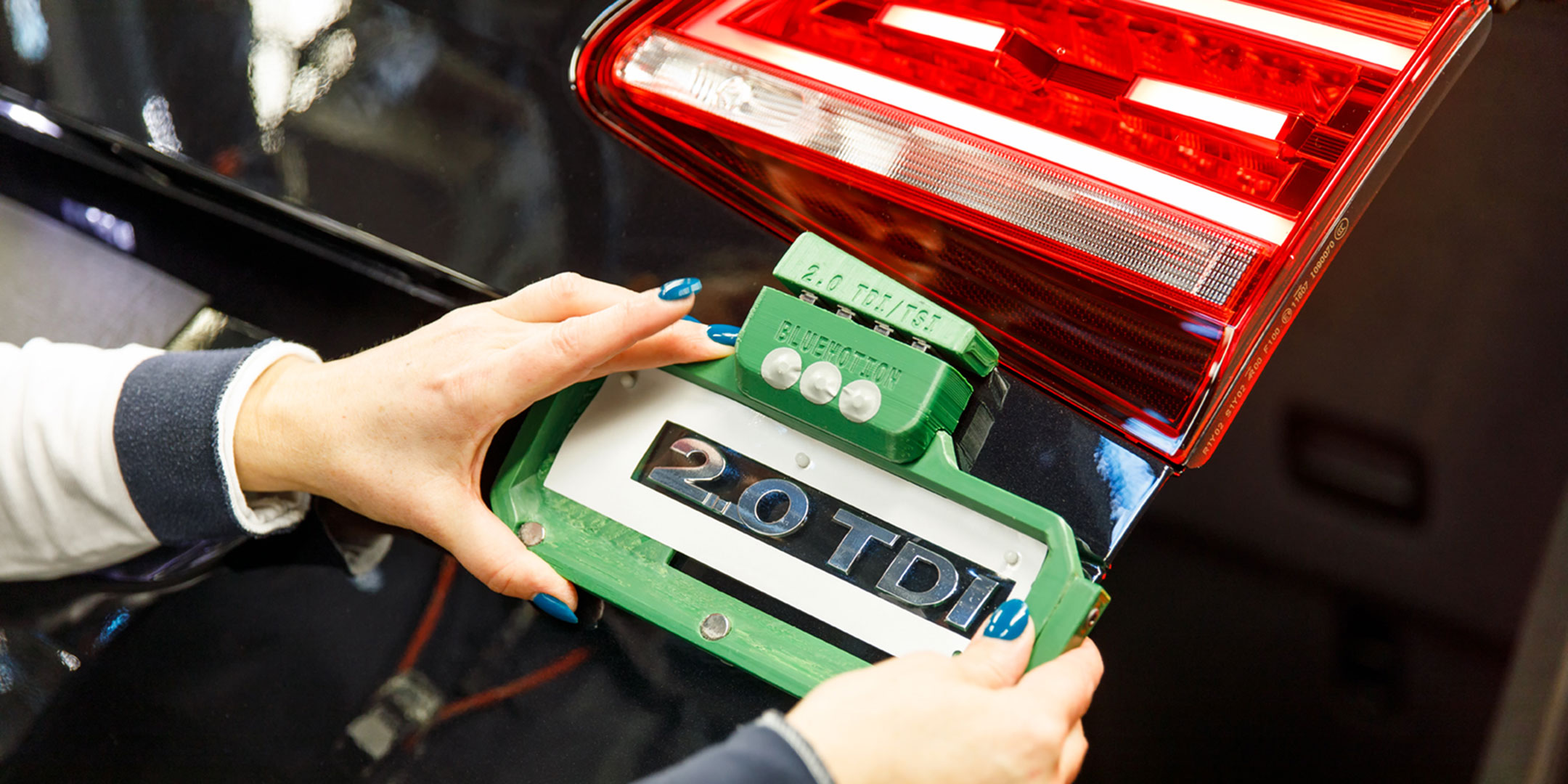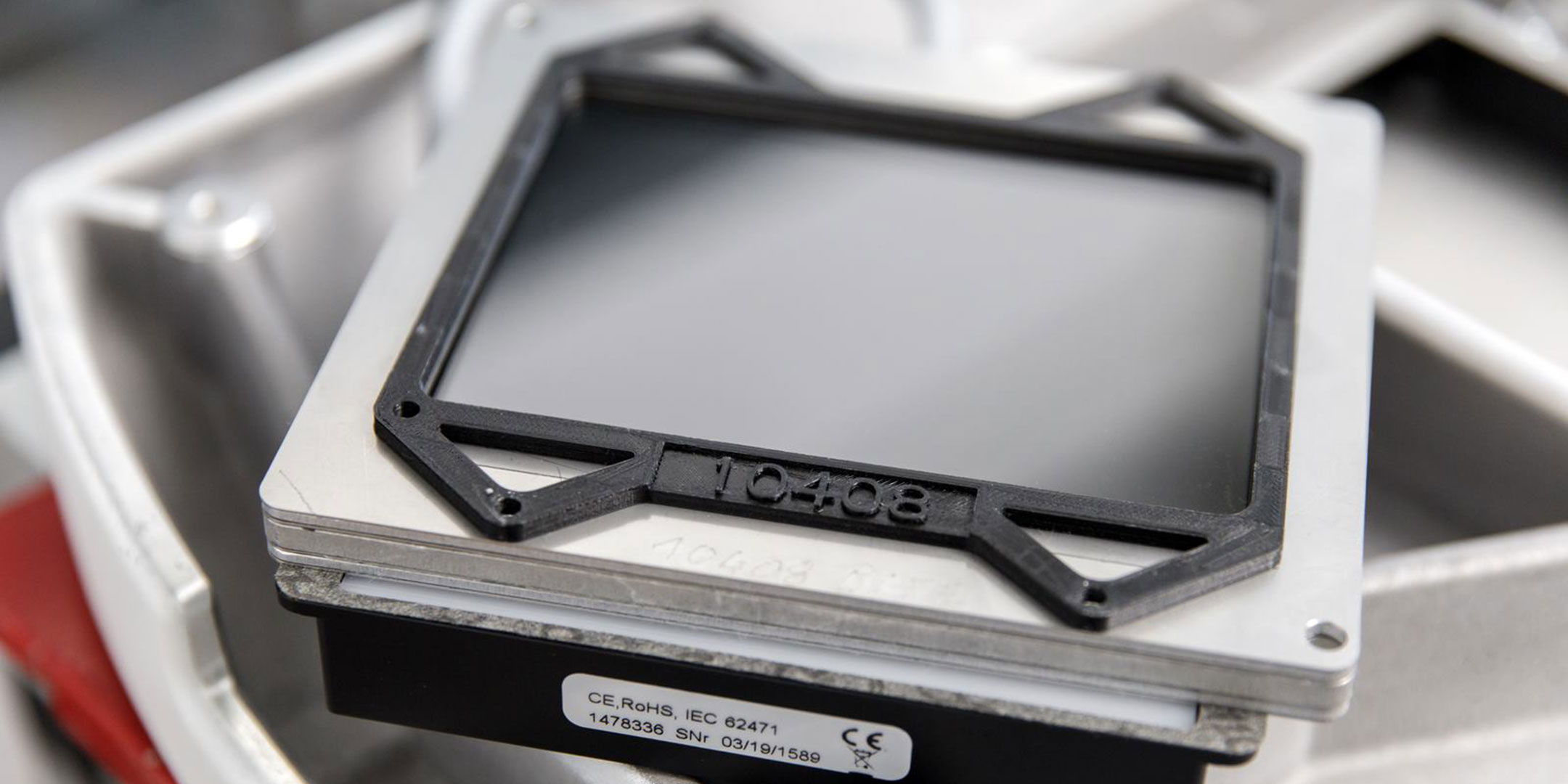Before beginning to use 3D printing, you will probably have a few questions or hesitations about the technology. In this blog, we will take a look at a few of the biggest misconceptions about 3D printing, as well as dispel inaccuracies surrounding the technology, enabling you to come to an informed decision.
3D printers are difficult to use
While additive manufacturing technology may initially seem overwhelming if you are used to outsourcing production, “difficult” is not the best descriptor.
Ultimaker 3D printers are ready to use, right out of the box. Simply plug in, follow the calibration instructions, and begin printing within minutes. Preparing your design file for printing also takes a few minutes, of course, but using the right slicing software – such as Ultimaker Cura – can help you along your way.
The Ultimaker S5 Pro Bundle – like all Ultimaker 3D printers – are ready to use, right out of the box
Ultimaker also offers rigorously tested print profiles for our range of 11 materials. Preconfigured print profiles for these materials mean you don't have to manually input parameters before you print, saving you time. If you’re working with third-party materials to unlock even more applications, the Ultimaker Marketplace offers more than 150 profiles from leading filament suppliers.
Still feel like you have more to learn? When you register your Ultimaker 3D printer, you receive a free onboarding course in our Ultimaker 3D Printing Academy e-learning platform.
3D printing is expensive
A 3D printer is an investment. It often costs less than traditional solutions, but you still need to be careful not to invest in unreliable hardware or a closed ecosystem that locks you in to costly consumables and service contracts. By choosing the right hardware, software, and materials for your use case, you’ll be able to maximize your ROI, with a potential payback period of just a few months.
Need proof? Check out our ROI calculator, a handy online tool you can use to determine just how long it will take for you to start seeing your investment pay off. You can also read our white paper, "3D Printing: The Total Cost of Ownership," where you’ll get an in-depth look at the costs and benefits associated with 3D printing.
3D printing suffers from a lack of material variety
3D printing is so much more than plastic. Ultimaker offers the widest choice of material on the market, thanks to the Ultimaker Material Alliance. The Alliance gives you the freedom and variety to print exactly what you need, without solely relying on proprietary materials. From carbon fiber-reinforced to metal, 3D printers are able to create high-quality parts from a vast array of materials.
3D printing is only for prototypes
While FFF technology lends itself extremely well to rapid prototyping, organizations around the world are using 3D printers to create tools, jigs, and fixtures for specific or generalized use, such as on Volkswagen Autoeuropa’s assembly lines or in a Heineken bottling plant. Some companies are even creating end-use parts in both one-off and small-batch prints, enabling them to avoid lengthy manufacturing costs and wait times.
A 3D printed tool used in Volkswagen Autoeuropa assembly lines
3D printing is only for specialized industries
3D printing is not tailored to a specific, specialized industry. Companies in architecture, aerospace, manufacturing, automotive, education, and more are using FFF technology to achieve results that push the boundaries of traditional methods of manufacturing, forever changing the ways they work – be it with a military jet, a Formula 3 race car, or an industrial microscope.
ZEISS uses 3D printers to create adapter plates for its industrial microscopes
Ready to see what 3D printing can do for your organization?



